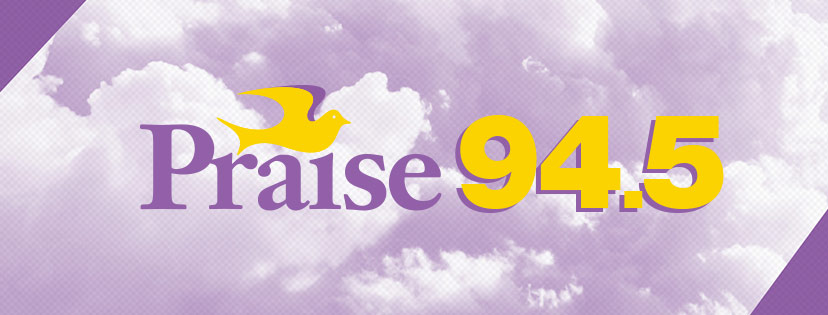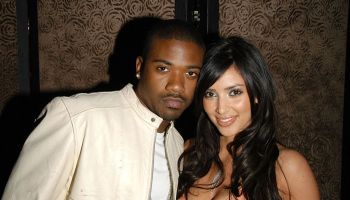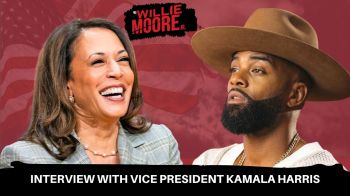In March of 2000, Pat Buchanan came to speak at Harvard University’s Institute of Politics. Harvard being Harvard, the audience hissed and sneered and made wisecracks. Buchanan being Buchanan, he gave as good as he got. While the assembled Ivy Leaguers accused him of homophobia and racism and anti-Semitism, he accused Harvard — and by extension, the entire American elite — of discriminating against white Christians.
A decade later, the note of white grievance that Buchanan struck that night is part of the conservative melody. You can hear it when Glenn Beck accuses Barack Obama of racism, or when Rush Limbaugh casts liberal policies as an exercise in “reparations.” It was sounded last year during the backlash against Sonia Sotomayor’s suggestion that a “wise Latina” jurist might have advantages over a white male judge, and again last week when conservatives attackedthe Justice Department for supposedly going easy on members of the New Black Panther Party accused of voter intimidation.
To liberals, these grievances seem at once noxious and ridiculous. (Is there any group with less to complain about, they often wonder, than white Christian Americans?) But to understand the country’s present polarization, it’s worth recognizing what Pat Buchanan got right.
Last year, two Princeton sociologists, Thomas Espenshade and Alexandria Walton Radford, published a book-length study of admissions and affirmative action at eight highly selective colleges and universities. Unsurprisingly, they found that the admissions process seemed to favor black and Hispanic applicants, while whites and Asians needed higher grades and SAT scores to get in. But what was striking, as Russell K. Nieli pointed out last week on the conservative Web site Minding the Campus, was which whites were most disadvantaged by the process: the downscale, the rural and the working-class.
This was particularly pronounced among the private colleges in the study. For minority applicants, the lower a family’s socioeconomic position, the more likely the student was to be admitted. For whites, though, it was the reverse. An upper-middle-class white applicant was three times more likely to be admitted than a lower-class white with similar qualifications.
Click here to continue reading.
SOURCE: The New York Times












